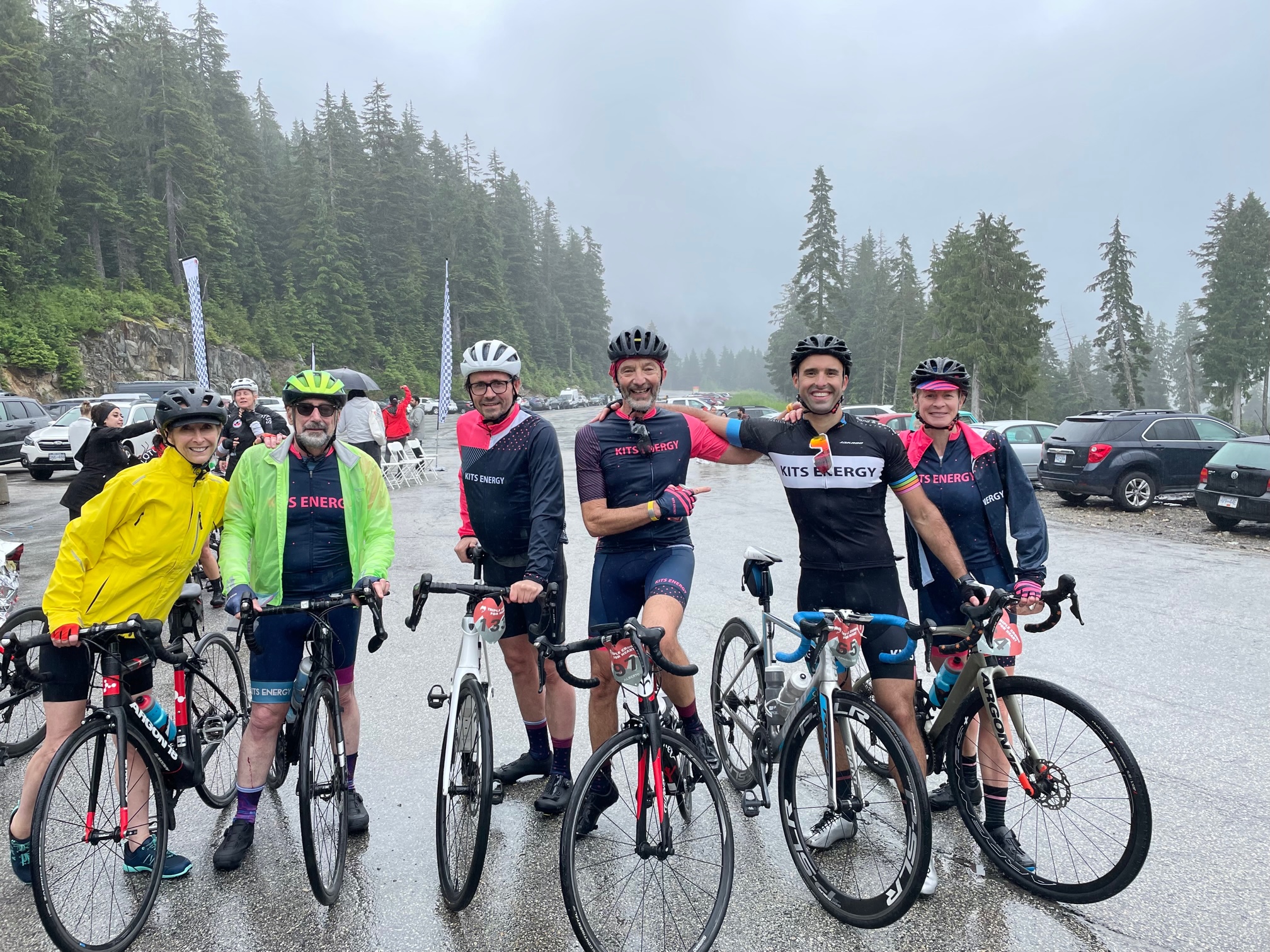Vancouver has embraced the large number of bikes on the roads by providing bike lanes and specific bike routes that are great routes when traveling to and from your workout but definitely not the place to lay the hammer down.
So how do you deal with training when you live in the city?
First off, you must remember that as a cyclist, you are legally obligated to obey all the rules of the road like any other vehicle. If you break the rules, it is you who is going to suffer the most if you get hit. So choosing an appropriate route for your workout is key.
Due to the nature of an interval workout your goal isn’t to find a route that is pleasant to look at, but a route that is safe and will allow you to complete the workout in repetition and as close as you can to what was prescribed. It may seem boring but training on the same route for the same workout each time will give you consistency and specific numbers to measure your progress.
For long rides it is best to choose routes that have very little traffic and as few stop lights/signs as possible, otherwise you won’t get the training benefit of the workout. This may mean that you have to drive your car out of the city before you can start riding. Zero Ave, Richmond loop, Iona, Stanley Park and Marine Drive are great routes with very few lights.
But even out of the city it is impossible to find a route without any traffic signals. So if you are riding in a large group you will want to follow some basic rules. These will not only keep you safe but they will also help keep your group together as well.
- Indicate to vehicles AND your fellow riders the direction you plan on riding well in advance (right or left turns).
- Don’t ride through stop signs or red lights (see #4 for more of an explanation).
- As the lead rider, if the light turns yellow, stop to avoid breaking up the group when the light turns red.
- When riding in a pack, stay close and consider yourself as one vehicle. When crossing intersections continue to move as one unit. Having each person stop individually will create confusion for other vehicles and confusion in the group. If there is a break in a group (more than one bike length distance) then you become two vehicles and you will need to stop.
- Use the most trafficked roads as time to warm up and cool down – take your time.
- Start long rides early in the morning when it is still quiet on the roads.




